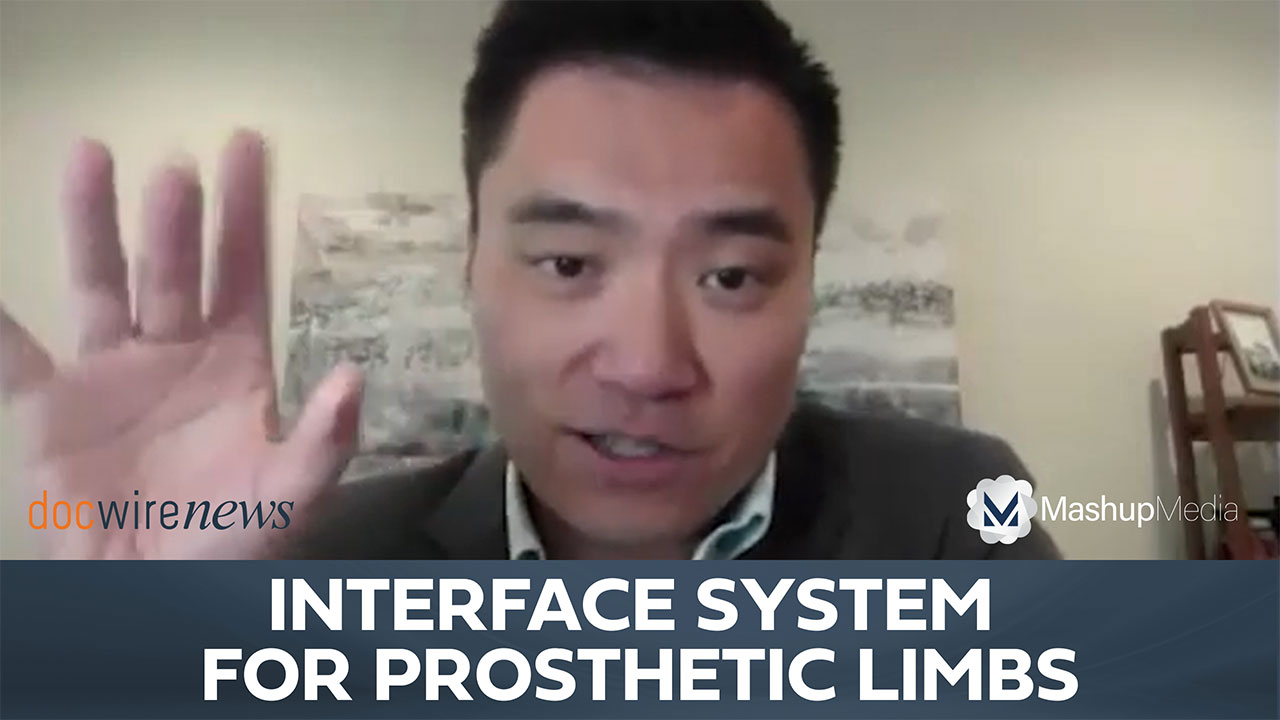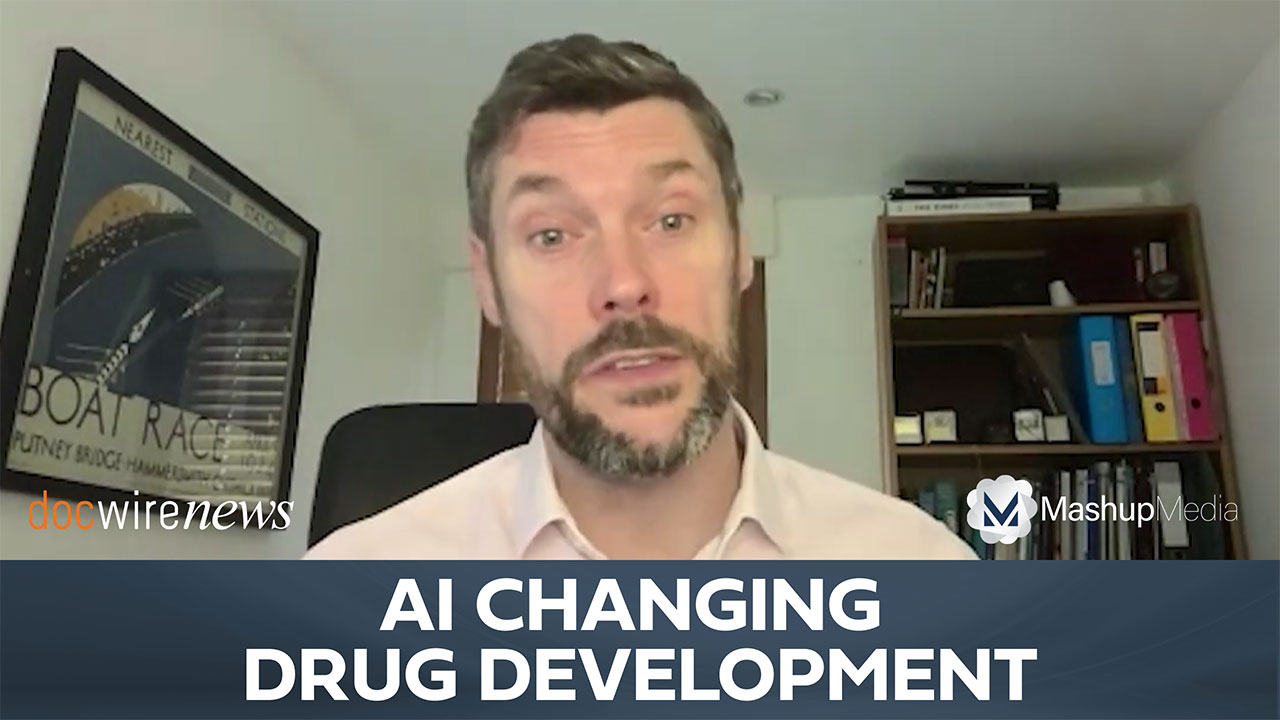
Researchers have recently used artificial intelligence (AI) to detect the brain’s response to verbal commands in clinically unresponsive patients. These findings indicate that although these patients are not able to move in response to commands, they may still be consciously interpreting what is said. This phenomenon, in which there is a lag between processing thought into movement, is known as cognitive-motor dissociation. An article detailing this work was published on June 27 in the New England Journal of Medicine.
In this study, clinically unresponsive patients with acute brain injuries were evaluated from July 2014 to September of 2017. These patients were either in a coma, vegetative state, or minimally conscious state. They were screened for their degree of consciousness via verbal commands, such as “stick out your tongue” before electroencephalography (EEG) data was collected to measure brain activity.
Once this was done, EEG recordings were taken as the patients were asked to open and close their hands repeatedly, then asked to stop doing so. A healthy control group underwent the same EEG process to provide data for comparison. These motor command sessions lasted roughly 25 minutes. These readings were then used to train a machine learning algorithm to distinguish between the brain activity associated with the “keep opening” and “stop opening” commands.
Of the 401 nonresponsive patients screened, 104 met the inclusion criteria. From these patients, 240 EEG recordings were taken roughly six days after the traumatic brain injury. 15% of these patients were found to have cognitive-motor dissociation in at least one recording, roughly four days after the injury. In other words, these patients were unable to move in response to the given commands but expressed brain activity that acknowledged the specific task requested. The injuries correlated to this dissociation included subarachnoid hemorrhage, traumatic brain injury and intracerebral hemorrhage.
Half of these patients with cognitive-motor dissociation were able to eventually follow verbal commands before they left the hospital, and an additional 12% improved to this point after they left. In comparison, only 26% of the patient that did not have cognitive-motor dissociation were able to follow commands before hospital discharge. This indicates that the patients who had an EEG response to spoken commands had a later recovery than those who did not. The researchers note that this may be due to greater brain stem, thalamus, and cortex functioning in these patients.
The researchers concluded that after brain injury, 15% of unresponsive patients that could not follow motor commands displayed brain activation to these spoken commands via EEG. These scientists work with the Departments of Neurology and Neurosurgery at Columbia University, and the Department of Psychology at New York University.
Using #AI to predict outcome after #brain injury: the “Reverse Turing Test”
ML to determine “cognitive-motor dissociation” w/ greater likelihood for recoveryhttps://t.co/Aaa3dc8FId @NEJM by @benrohaut and colleagues @ColumbiaMed @nyuniversity @SrivasChennu pic.twitter.com/MWmdy98xRf— Eric Topol (@EricTopol) June 26, 2019







 © 2025 Mashup Media, LLC, a Formedics Property. All Rights Reserved.
© 2025 Mashup Media, LLC, a Formedics Property. All Rights Reserved.